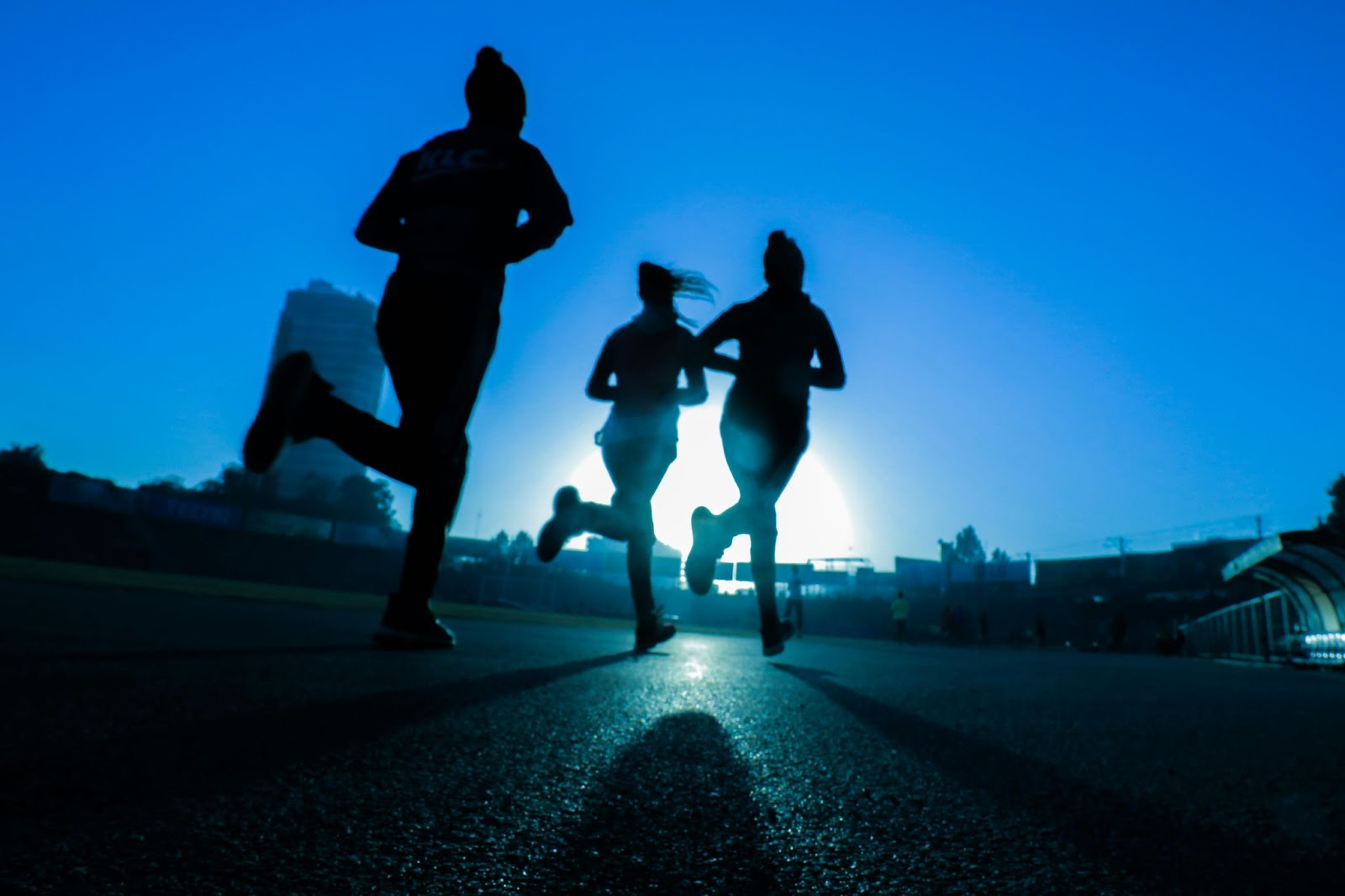With the weather getting warmer, many runners and joggers are trading treadmills for the outdoors in their daily exercise routines. While there is nothing quite like breathing in fresh air, exercising out in the open comes with safety risks. Therefore, it is important to take proper precautions to maximize your safety.
Here are 10 tips for staying safe while running or jogging outdoors.
1. Avoid secluded areas: You might enjoy the peacefulness of a quiet, secluded area, especially in a neighborhood with a safe reputation, but even in these areas, awareness is key. It is better to run in a public, populated location than a secluded area where no one will be around to help should you need it.
2. Consider running during high-traffic hours: Many adults who work often need to run early in the morning or late at night. In the early morning, fewer people are around; at night, it is harder to spot potential attackers. Ideal outdoor running times are during hours of peak foot and car traffic outside. If peak traffic hours are not possible and you do not have access to a gym or at-home treadmill, be sure to read the rest of these safety tips.
3. Carry a flashlight if you run at night: Carrying a flashlight is a psychological deterrent to would-be attackers, as it makes them feel more visible. It is also a physical deterrent, as they can be more easily spotted.
4. Run a few different familiar routes: Running routes you know decreases your chances of getting flustered if confronted by an attacker. At the same time, you should not go the same route every day, since that can make you more susceptible to being followed. Choose several routes you are familiar with and switch them randomly.
5. Run with a friend or group: The majority of runners in the US prefer running alone, but running with a friend or group has several benefits:
- Increased motivation
- Opportunity to socialize
- Improved performance
- Consistency
- Improved safety
6. Headphone options: Wearing traditional headphones essentially cuts off one of your core defenses – your hearing. This makes you more vulnerable to an attack, as you would not hear someone approaching. Traditional headphones may also prevent hearing the sounds of approaching cars or horns honking. If you need music to run, try leaving one headphone in and one out or use bone conduction headphones. The latter work by sending sound waves through your skull instead of your ear drums, freeing up your ears to hear the sounds around you. Of course, if you can run without listening to music, that is a good option as well.
7. Carry pepper spray: Pepper spray is painful and effective at incapacitating attackers, though it is important that you should practice using it in a calm setting before running so you do not accidentally spray yourself in an emergency. You can also try “smart” pepper spray, which you can now connect to your smartphone. If you activate it (spray it), your phone will send an alert to several of your chosen contacts.
8. Share your location: Choose someone who is available to check in on your location when you run. This way they will notice any aberrations and can check in with you/alert the proper authorities if necessary.
9. Be alert: Running outdoors is not a time for daydreaming. You should be alert at all times and pay attention to people and vehicles around you. If something feels off, trust your instincts and call someone or seek help.
Running and jogging are great ways to exercise and keep your body and mind healthy — as long as you take proper precautions to protect yourself. Situational awareness and preparedness measures will give you peace of mind and the necessary tools to respond should an attack or incident arise. Using these tools, you can exercise comfortably knowing you are taking care to maximize your safety.
Stay safe!
To find out more, please reach out to info@interforinternational.com





